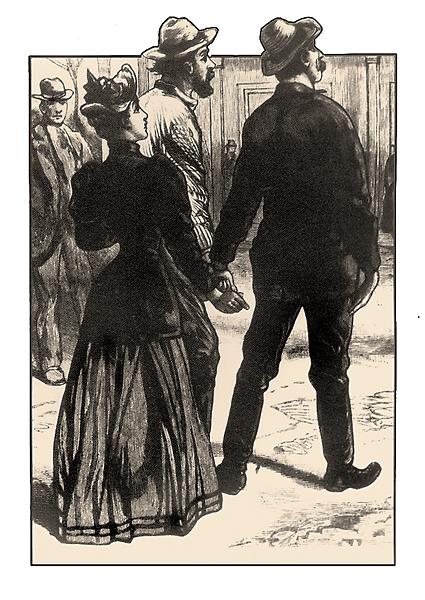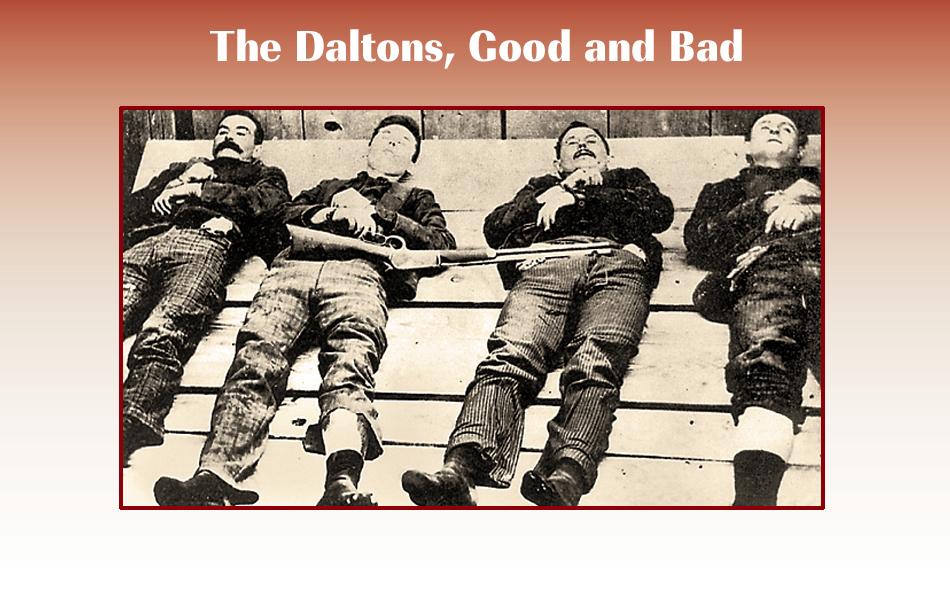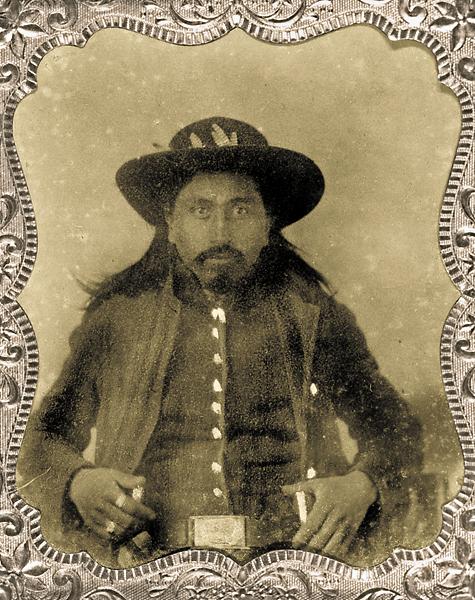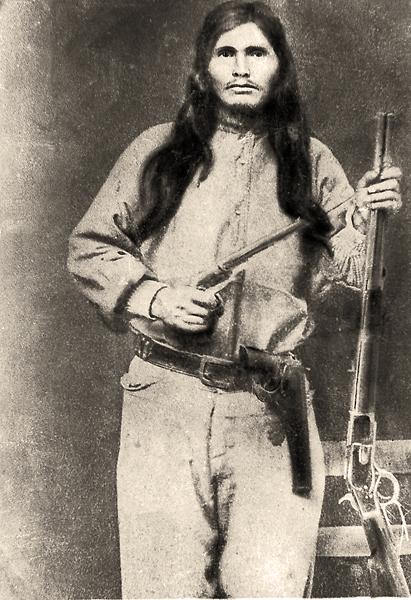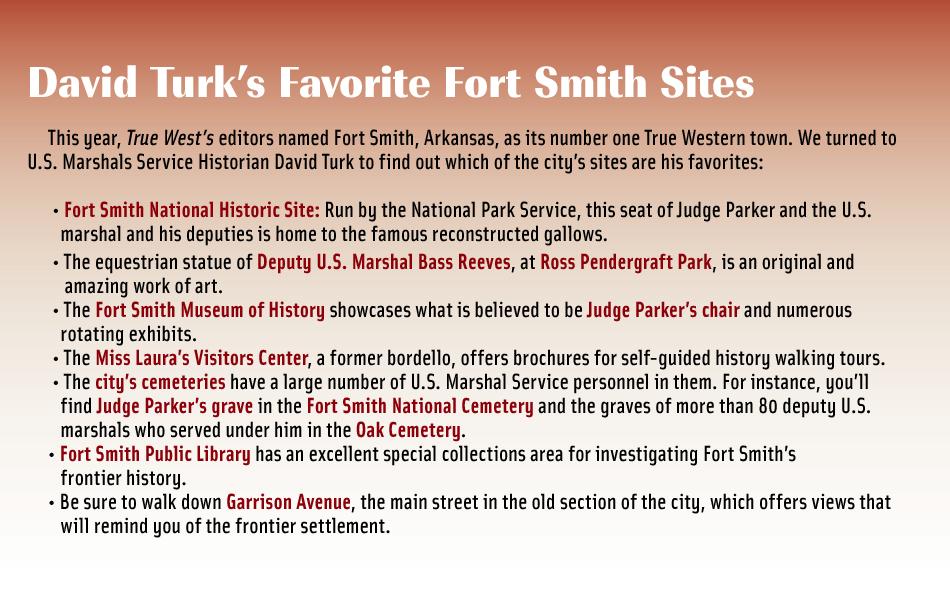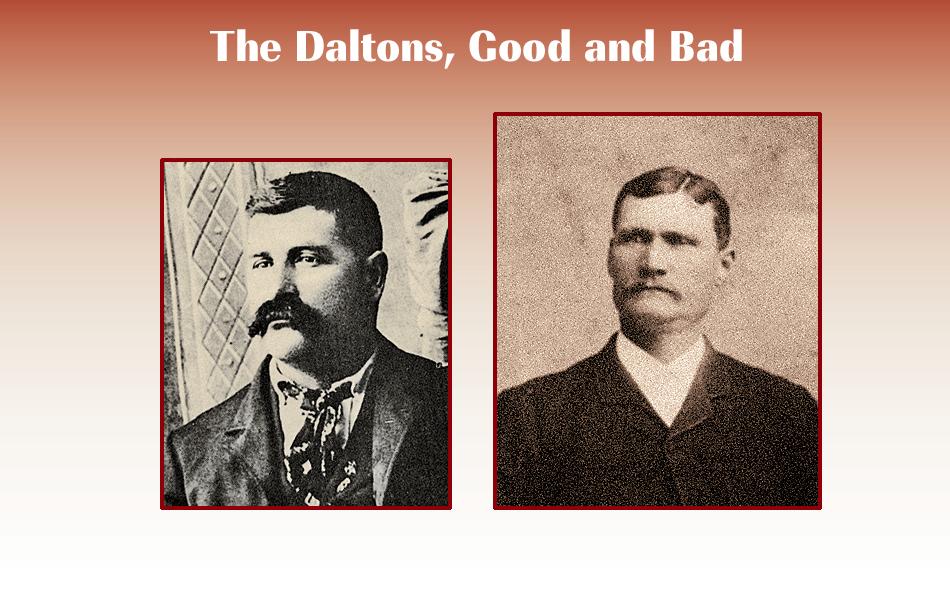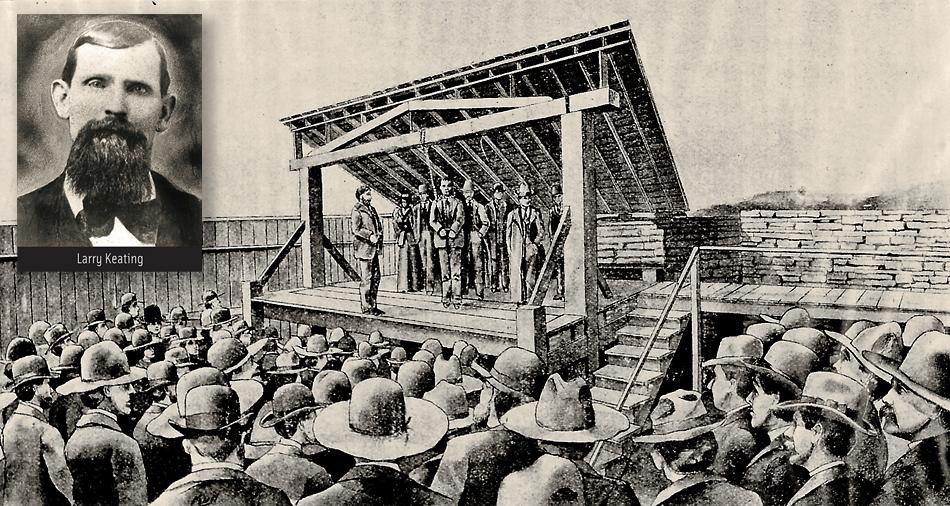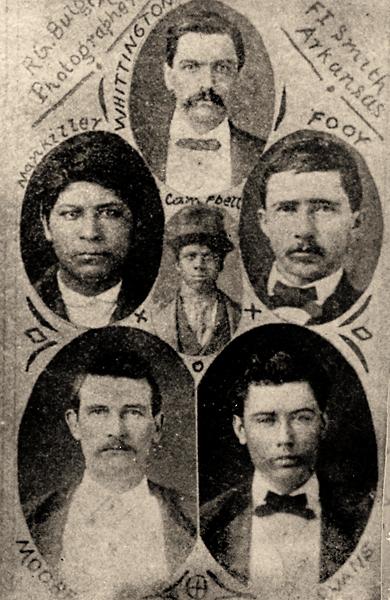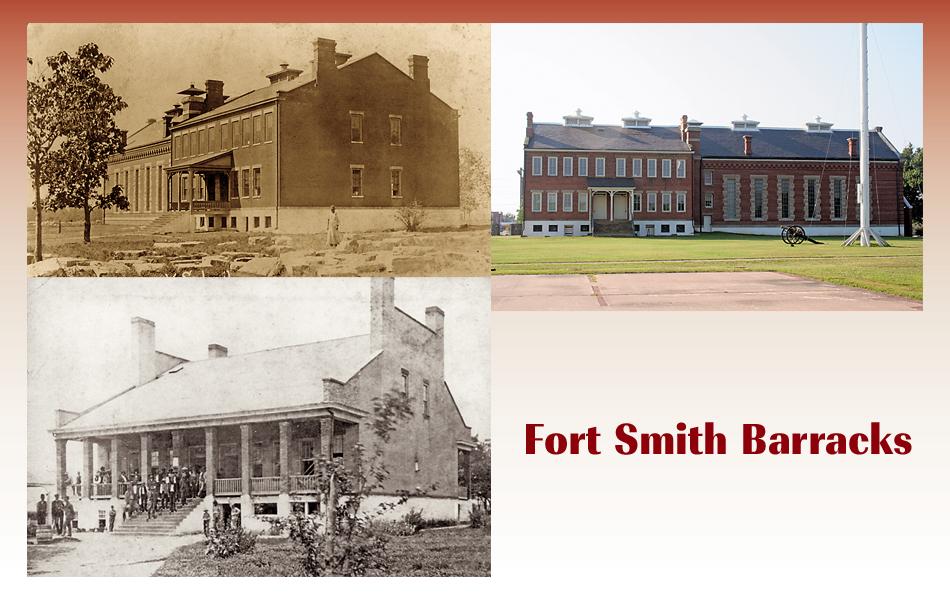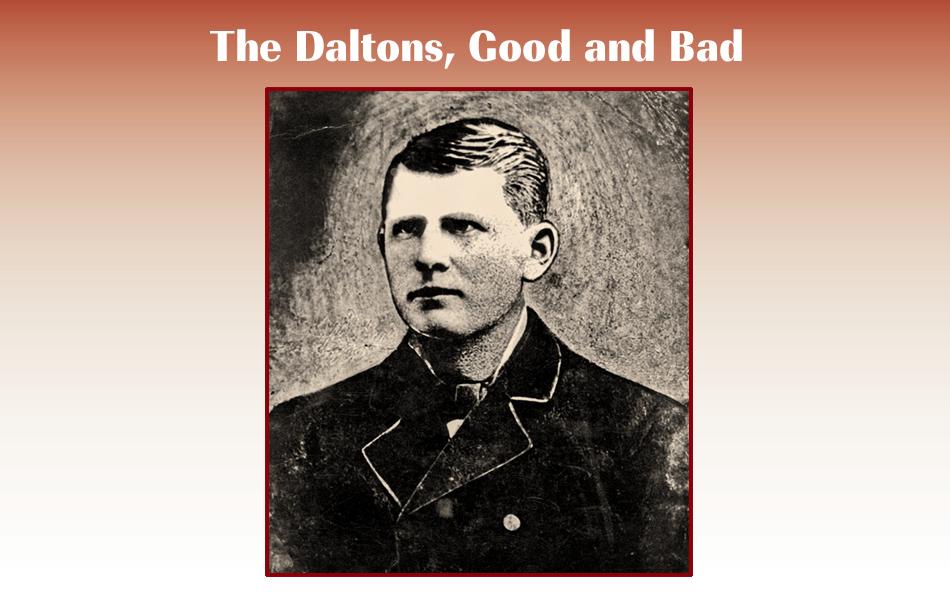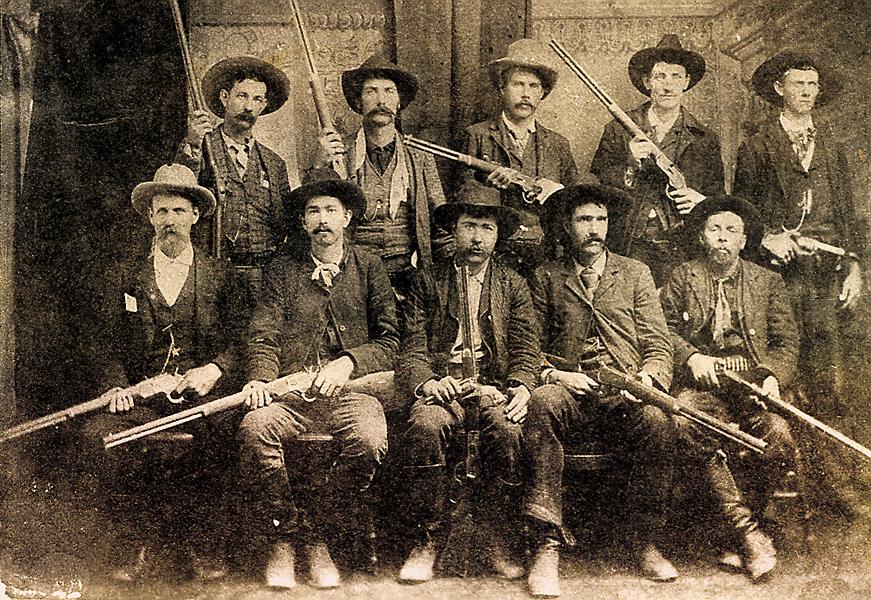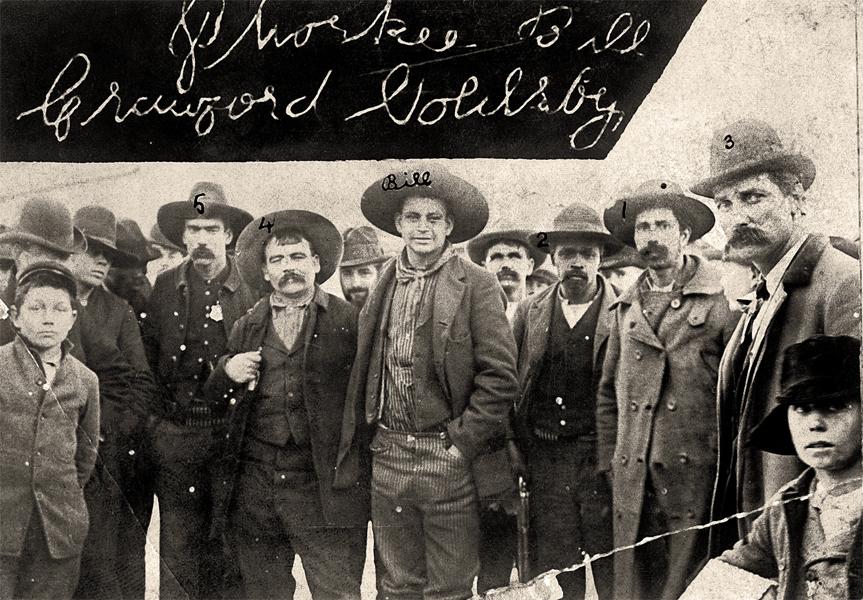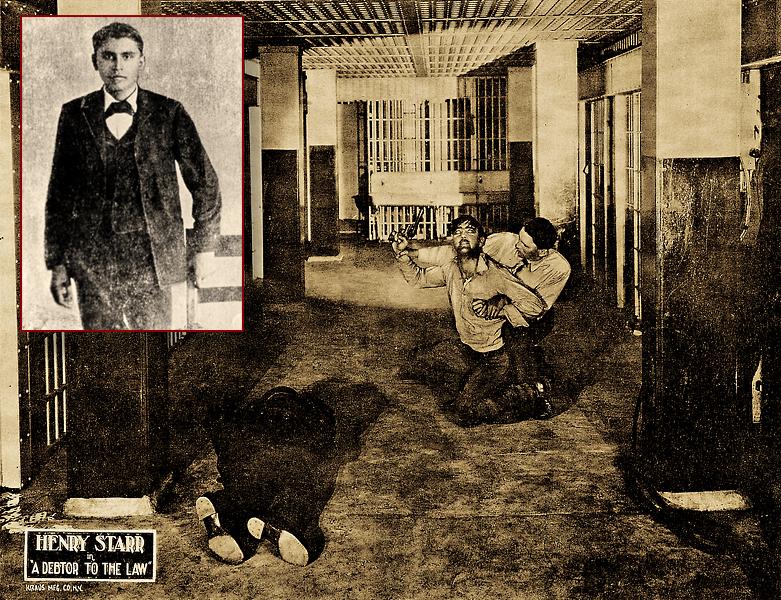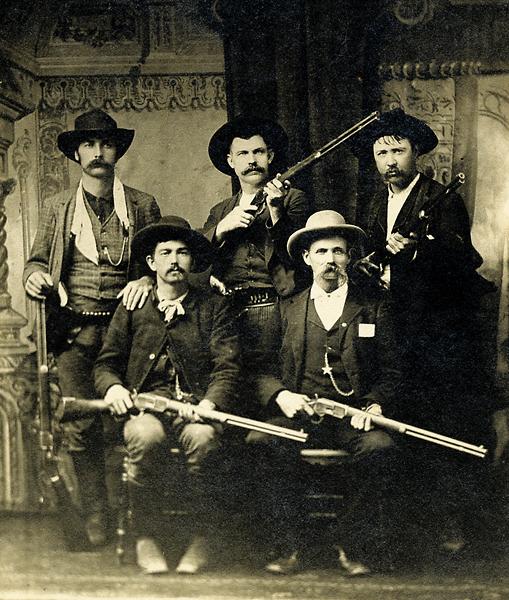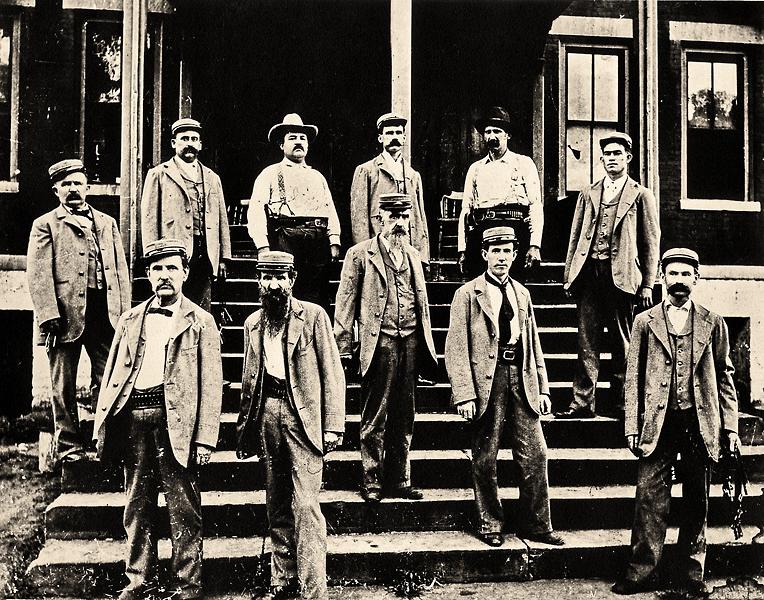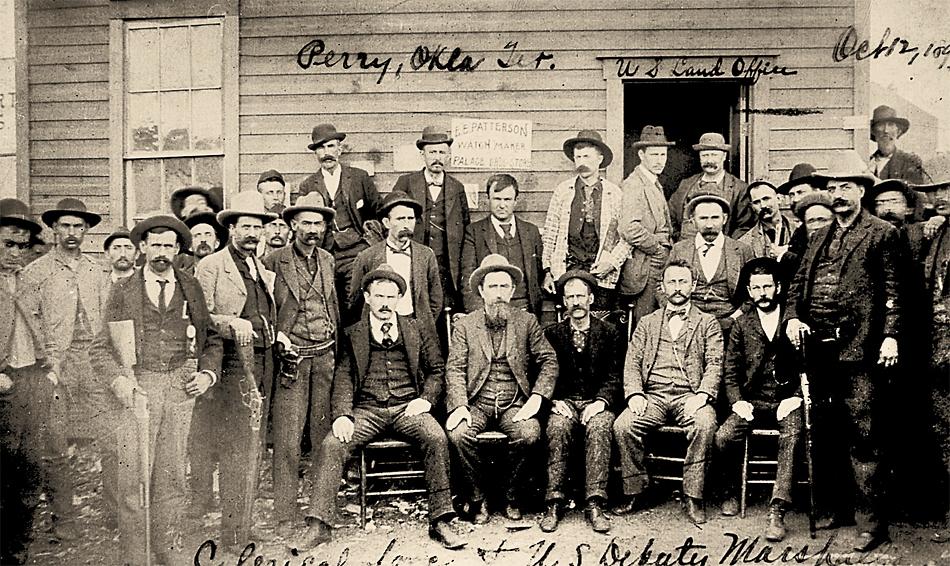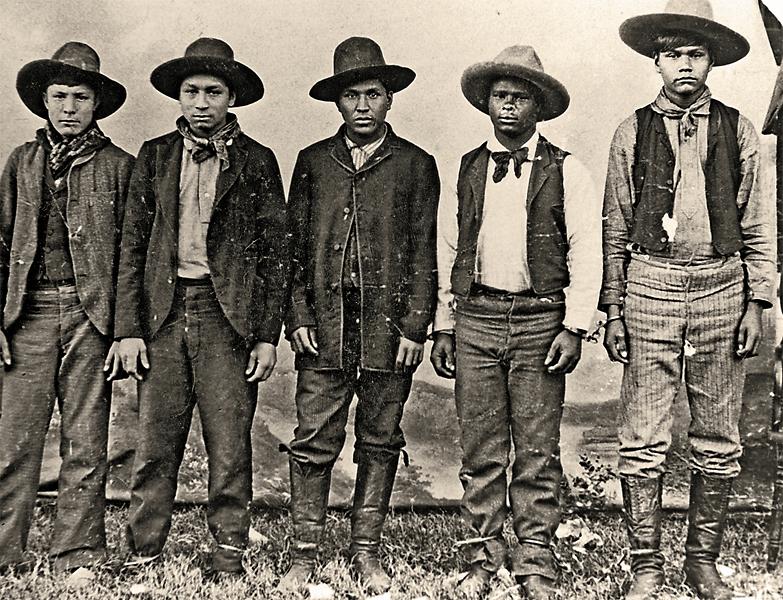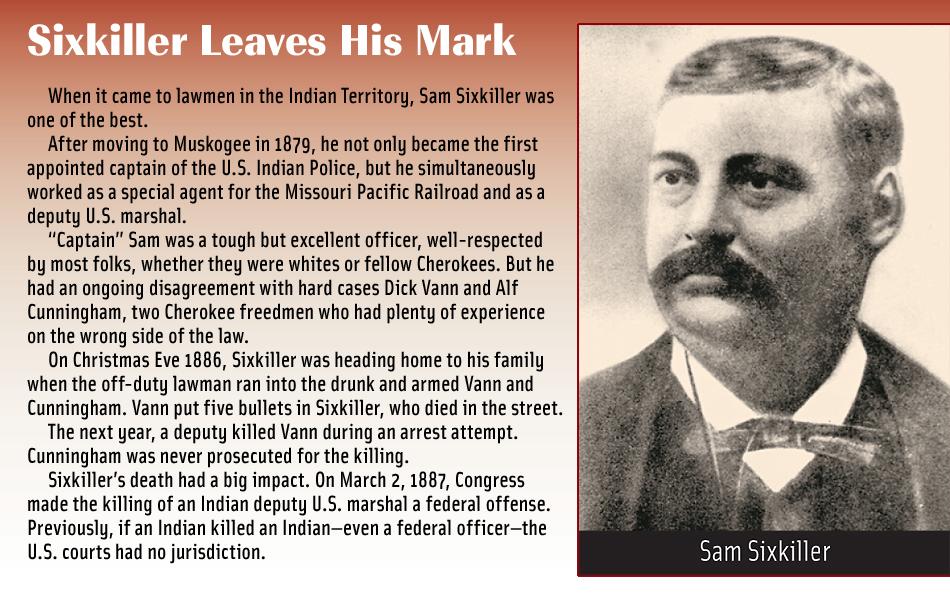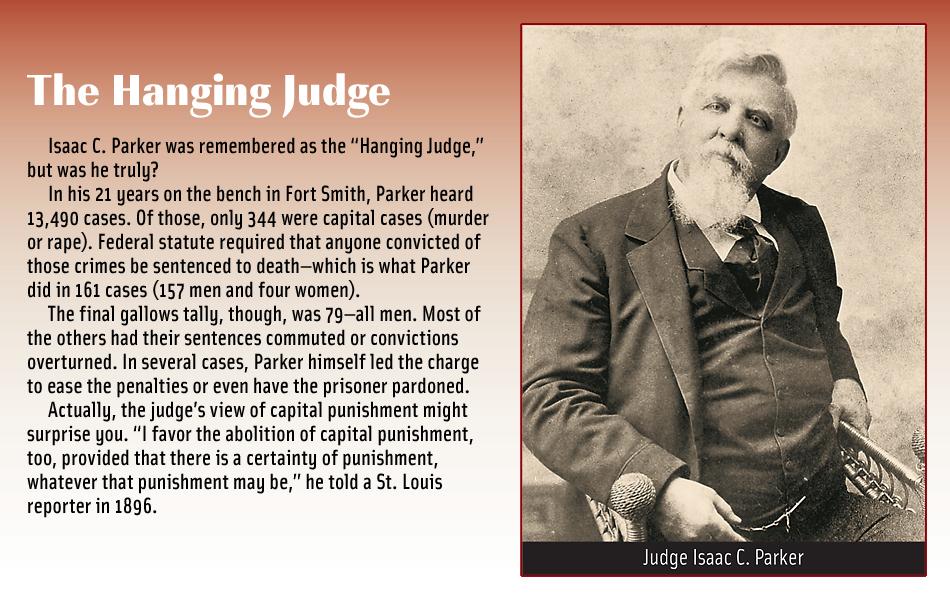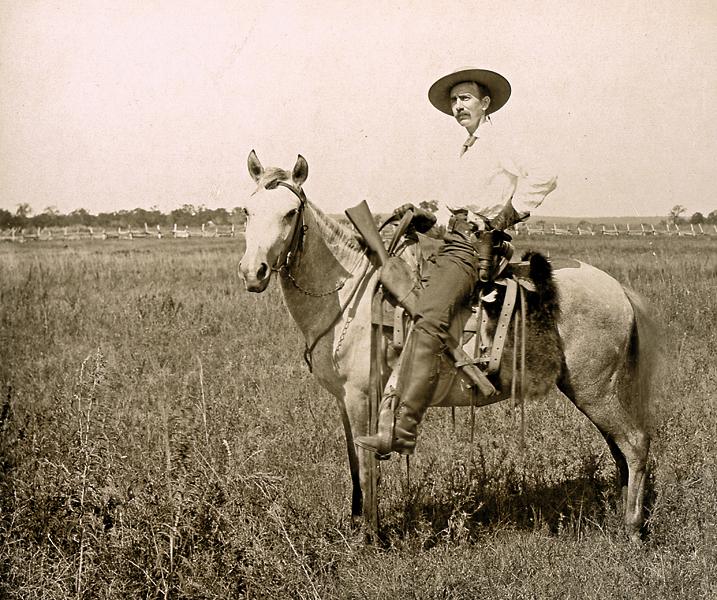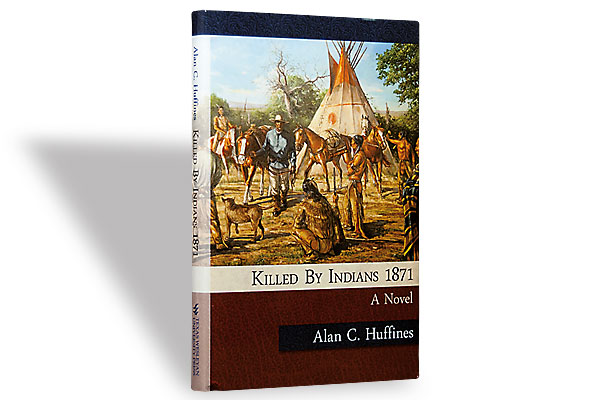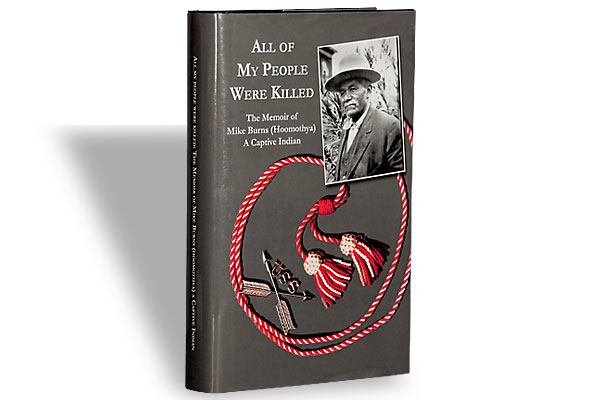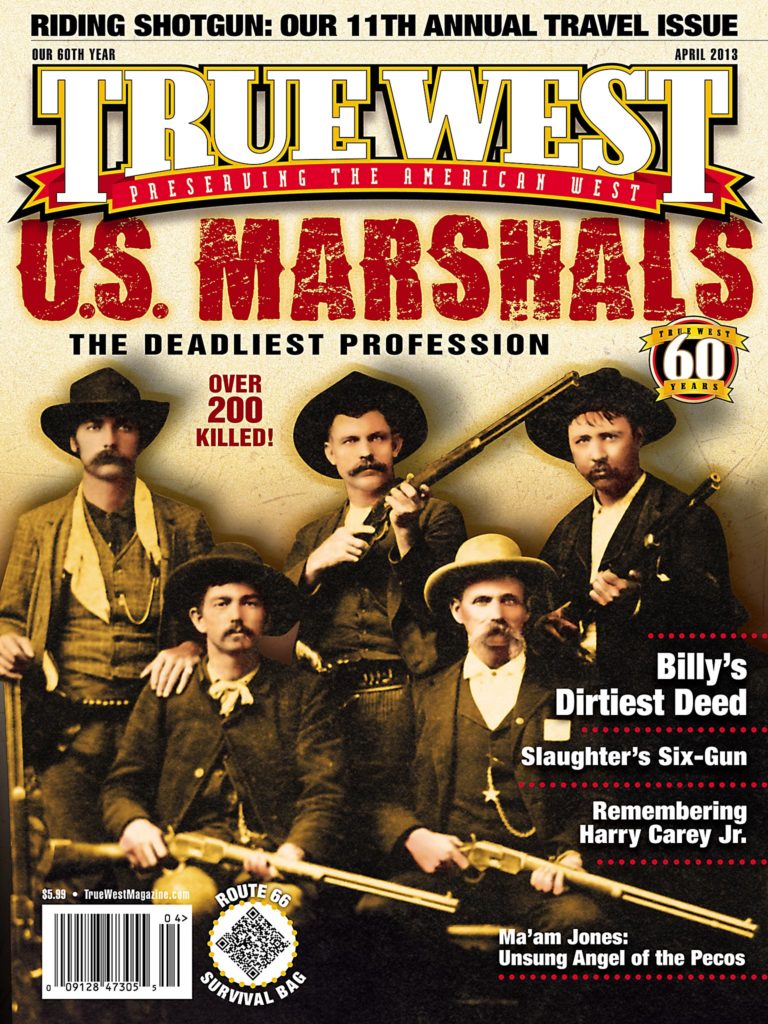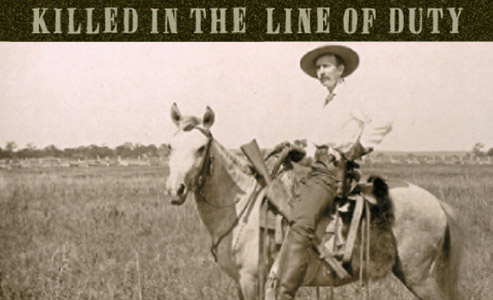
Ezekiel Proctor was a Cherokee and proud of it.
“Zeke” had walked the Trail of Tears from Georgia to the Indian Territory when he was a seven-year-old boy in 1838. He clung to the Cherokee language, culture and customs. He dealt with white folks, but he didn’t have much use for them.
In 1872, the prosperous farmer and local lawman had a beef with one specific white man: his brother-in-law, Jim Kesterson. Stories circulated of bad blood between them, a situation made worse when Kesterson abandoned Proctor’s sister and kids for another woman.
Proctor confronted Kesterson at the Hildebrand Mill, just west of Siloam Springs, Arkansas. He pulled a gun and opened up, but Kesterson’s new woman, Polly Beck, got in the way and was killed.
The shooting would bring Proctor into another confrontation: with the U.S. Marshals Service.
A Shocking Statistic
Formed in 1789 to enforce federal law, the U.S. Marshals Service suffered its first casualty five years later. Between then and 1872, eleven other officers would die in the line of duty.
But the Indian Territory was bad ground for the marshals. Between 1872 and Oklahoma statehood in 1907, a shocking 119 officers were killed there (and in the sliver of western Arkansas that abutted it), reported Robert Ernst in Deadly Affrays: The Violent Deaths of the U.S. Marshals. Shocking, because, to date, the U.S. Marshals Service has lost a total of 211 officers nationwide, meaning that more than half of those killed lost their lives in the Indian Territory. The statistic is unmatched by any other place or any other period for line-of-duty deaths in American history.
The reasons for the disparity in the Indian Territory vary. Too few officers (200 or fewer) to patrol too large an area (more than 70,000 square miles). Many Indians didn’t think highly of the authorities representing the white government. And hard cases of all races found the region fertile ground for illegal enterprises, which fostered an ongoing struggle to control land and power.
Serving as a U.S. marshal in the Indian Territory proved to be a tough and dangerous job, as well as a thankless one. The pay was miserable; based on fees and expenses, a deputy could expect to make between $400 and $800 a year. The pay often arrived late, sometimes months after it was due. Many of the marshals took on second jobs, in local law enforcement, with the Indian police or as railroad detectives. More than a few padded their expense and travel reports to get extra money. Some, including Bob, Grat and Emmett Dalton, turned to crime, either on the side or full time.
Why would anybody take on such a job? U.S. Marshals Service Historian David Turk tells True West some men didn’t want to be farmers or cowboys or merchants. “It was a job for the adventurous,” he says.
But too often, the adventure turned tragic. That’s what happened with Proctor and the so-called Goingsnake Massacre.
Who Decides if Proctor Dies?
A lot of folks wanted to make Proctor pay after he had killed Polly. Her kinfolk wanted Proctor dead. The Cherokee wanted to try him since Polly had been
a member of the tribe. The U.S. wanted him to pay with his life, since his
intended victim, Jim Kesterson, was white. Those kinds of jurisdictional conflicts were common during the Indian Territory era. This particular conflict turned bad.
Proctor surrendered to the sheriff and asked for an immediate trial in the Cherokee courts. It was scheduled for April 15, 1872, in a schoolhouse near present-day Christie, Oklahoma, located in the Goingsnake District, which would give the upcoming incident its name.
Polly’s kin were upset by the court arrangements. Too many of the locals were related to Proctor, including the Cherokee chief. The Becks thought the only way to get justice, if they had to settle for that, was to have Proctor tried at the federal district court in Fort Smith, Arkansas. The U.S. authorities agreed. Deputy U.S. Marshals Jacob Owens and Joseph Peavey were assigned to transfer Proctor.
But they made a bad decision. Knowing they might face some opposition, the officers put together a heavily-armed posse of 13 men—featuring five members of the Beck clan who likely had blood, not arrest, on their minds.
The people attending Proctor’s trial were also armed; some say that included the judge, the attorneys and the defendant.
The two groups met when the posse approached the schoolhouse while the court was in session.
A Remarkable Force
The Indian Territory marshals were remarkable for their time and place. Even before Isaac C. Parker took virtual control of justice in the region as federal judge for the Western District of Arkansas in 1875, people of color wore the badge.
Blacks, Indians, mixed races—color didn’t matter that much when hiring the federal lawmen. Historian Art Burton, who has written extensively on black and Indian territorial lawmen, estimates that upwards of 50 men of color served the U.S. Marshals Service in the region during the Old West period. Records aren’t clear; race wasn’t noted on enlistment or other employment documents.
During his 21 years on the bench, Judge Parker encouraged that hiring practice. Many of the blacks and Indians had grown up in the territory. They knew the geography, the culture, the language and the people, giving them an on-the-job advantage, especially since the job was primarily “in the field.”
Most of the time, officers delivered legal notices and documents, investigated crimes, rounded up witnesses and transported them to court, and, of course, arrested suspects. They rarely had to deal with train or bank robbers. Anecdotal evidence indicates the marshals frequently focused on the selling or manufacture of liquor (illegal in the territory), timber poaching, whites settling on Indian lands, rustling and counterfeiting.
All of which makes the attempted arrest of Proctor a bit out of the ordinary. The result was even more strange.
An Arrest Gone Wrong
In many Old West gunfights, history is unclear on who fired the first shot, and just as little is known with regard to the incident at the schoolhouse in Goingsnake.
When the posse rode up, court participants and attendees heard them and gathered at the door and windows. Someone fired a gunshot, and the fight became general. Proctor reportedly fired away with either a Winchester or a revolver (or both). After a few minutes, when the smoke cleared, nine men were dead; two more would die the next day.
Among those killed: eight members of the marshals service, including Deputy Marshal Owens, the largest single loss of life in the agency’s history. Three on the other side would end up dead, among them Proctor’s attorney. Nine more people were wounded, including Judge Blackhawk Sixkiller and Proctor.
Word of the disaster spread quickly.
The marshals service collected another posse to arrest the men who had killed their agents. The Cherokee court—attended by most of those wanted for taking part in the gunfight—reconvened the next day at a nearby house. After a quick hearing and deliberation, the jury acquitted Proctor in the shooting of Polly.
Federal authorities asked the principal chief of the Cherokee to turn over Proctor and the others for the marshals incident, but he refused, saying that the tribe would handle the matter. Stymied, the government decided not to pursue the charge. The posse returned home and disbanded.
Proctor headed to the hinterlands of the Indian Territory—reportedly accompanied by 50 heavily armed Cherokee. Others from the erstwhile court also went into hiding until things had cooled off.
Nobody was arrested or tried for crimes committed during the Goingsnake Massacre.
Injustice Reigns Here
Many members of the marshals service died in the Indian Territory. For them, justice was hard to come by.
During Judge Parker’s time on the bench, when 79 men were hanged for the capital offenses of murder or rape, only five were executed for killing marshals. A sixth, Crawford “Cherokee Bill” Goldsby, was convicted of killing a deputy U.S. marshal during an escape attempt, but he was hanged for another murder.
In case after case, killers went free—either they were never captured or juries acquitted them of their crimes. In other cases, assailants got off with light sentences. Notorious robber Henry Starr killed Deputy U.S. Marshal Floyd Wilson during an attempted arrest in December 1892. Starr finished the lawman off with a point-blank, coup de grace shot to the chest. After a number of appeals and reversals, the killer pled guilty to manslaughter and served five years in prison.
Why the leniency?
Most of the federal juries in Indian Territory and the Fort Smith region were comprised of Southern whites; they had little love for lawmen who represented the “Yankee government.” To them, the marshal was just as shady as the killer, so a panel often believed that the man with the star got what he deserved. In some cases, the killings occurred in such remote locations, with little evidence and no witnesses, that the jury could not be convinced to hand down a heavy penalty.
For the dead lawman, his loved ones would not receive a pension or insurance money. The government generally didn’t pay for a funeral. And all too often, the family received no justice for the loss of a man who died while protecting the community at large.
A Cherokee Hero
Proctor still had a mark left to make in the Indian Territory. He continued to serve as a local lawman. In 1877, his peers elected him to serve as Cherokee senator from the Goingsnake District. To many of his people, he was a hero.
What’s most surprising, perhaps, was that in 1891, Proctor was hired as a deputy U.S. marshal, a post he held until around the turn of the 20th century.
He died of pneumonia in his own bed in February 1907; he was 76. His body was buried in a family plot, not far from where he had accidentally shot and killed Polly, and just a few miles away from the site of the Goingsnake Massacre.
Mark Boardman is the features editor for True West. He was editor and publisher of Deadly Affrays: The Violent Deaths of the U.S. Marshals by Robert Ernst. He wants to point out that Ernst’s number of marshals killed in the line of duty during the Indian Territory era is higher than the official figure of 89 because the U.S. Marshals Service requires multiple sourcing before it will add a person to its roll of honor.
Photo Gallery
– Appeared in Illustrated Police News December 2, 1893 –
– True West Archives –
– Courtesy Oklahoma Historical Society 17584.1 / Elizabeth Waldon Collection –
– True West Archives –
– All images courtesy Fort Smith National Historic Site –
– Courtesy USMS Collections –
– Henry Starr: Fort Smith National Historic Site; A Debtor to the Law: True West Archives –
– True West Archives –
– All images courtesy Fort Smith National Historic Site unless otherwise noted –
– Courtesy Oklahoma Historical Society 5049 / Thomas N. Athey Collection –


